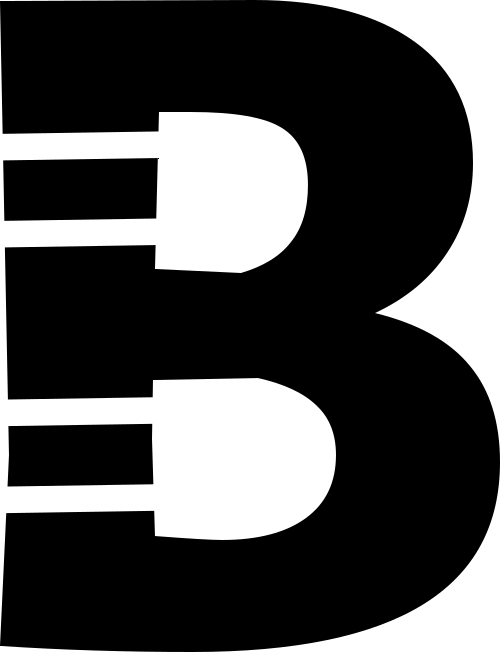Component side, solder side
The first board with the solder polarity symbol
Anyone who's soldered even (or especially!) for a short while will recall the sinking feeling of soldering a component on the wrong side of the board. It's usually not a disaster, but it is annoying to have to deal with the re-work when you're excited with getting on with building the thing to completion.
Several people soldered the components on the wrong side while assembling this board
My proposed symbol
For stylistic reasons, Boldport Club Project #1, the Pease, confusingly had the component symbols on the back of the board, while the components actually needed to be soldered from the top side. Even though pin-1 markings for the IC (the most crucial component in this context) were there to avoid the ambiguity, many — particularly experienced engineers who make assumptions based on prior experience — soldered the components on the wrong side.
This is a design — not a user — issue that needs addressing. While there's only so far a designer can go in order to prevent users from making mistakes, helping them with effective but unobtrusive cues greatly helps attain a better overall experience. This is a primary goal in my work.
I thought for a while how to elegantly convey the soldering 'polarity', as I did not want to do the obvious: explicitly writing 'solder side' and 'component side'. It's ugly, and takes away attention from other, more important, visual features on the board.
I thought that a symbol could work well and you can see the result here.
and it is first used on the TAP board, an upcoming Boldport Club project.
Symbol on the component side
Symbol on the solder side
The problem with new symbols is that those who are meant to pay attention to them need to know what they're looking at, or for. For that, there's this blog post, and I do intend on including a little note to draw the attention of future project recipients.
The symbol files are at our GitHub repo and are licensed under the Creative Commons Zero.

